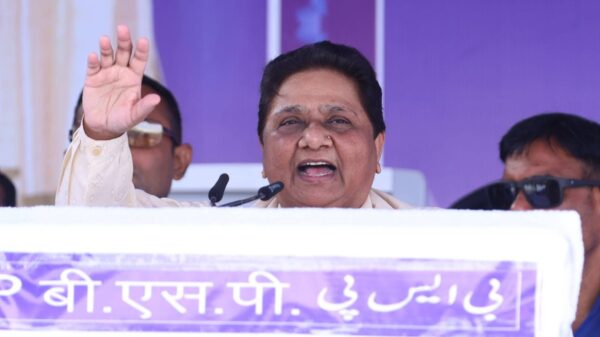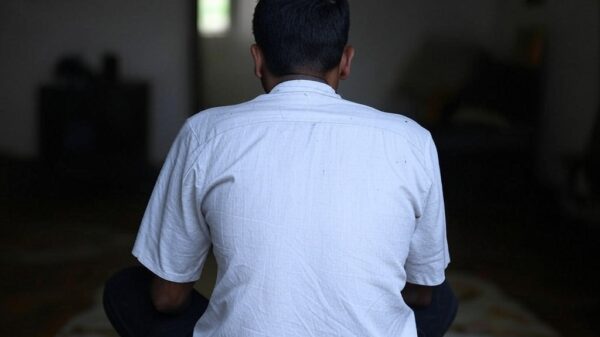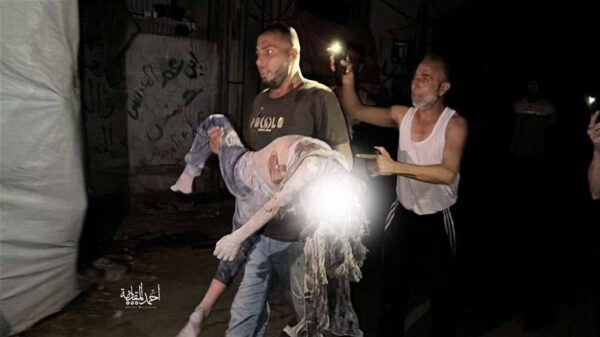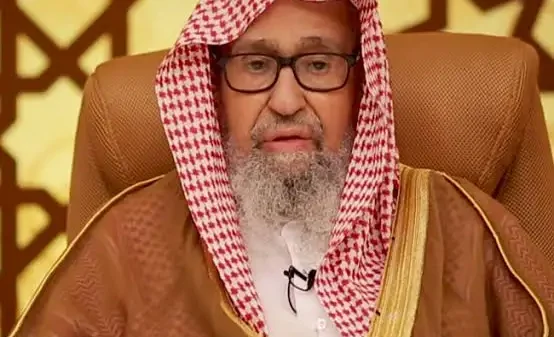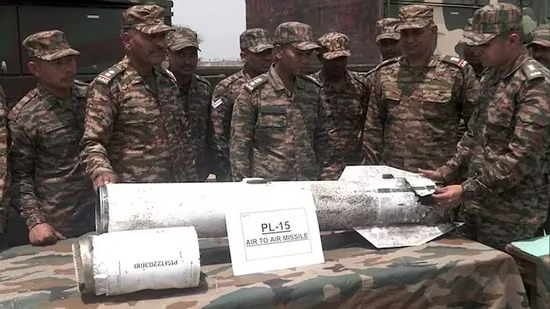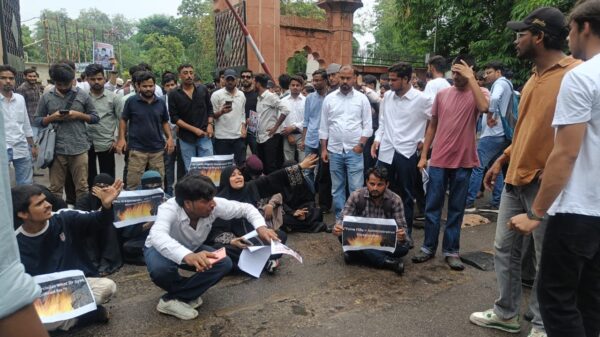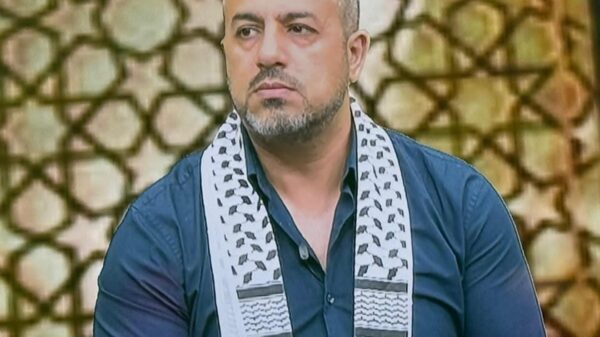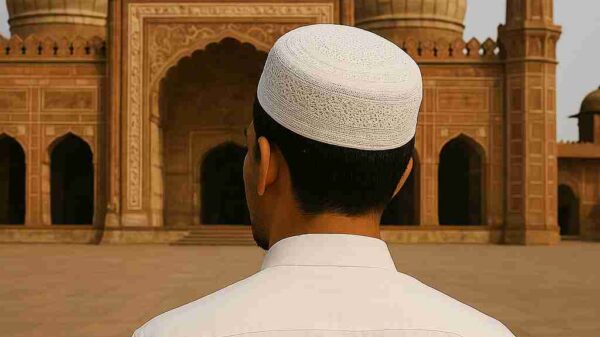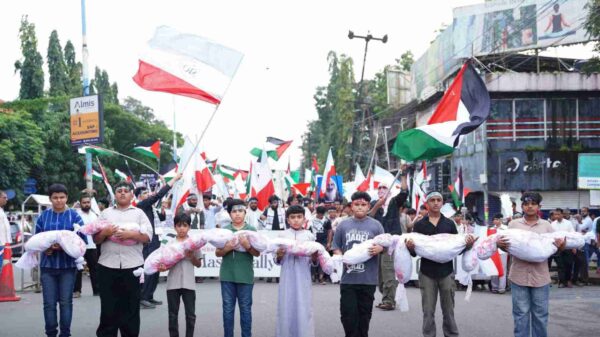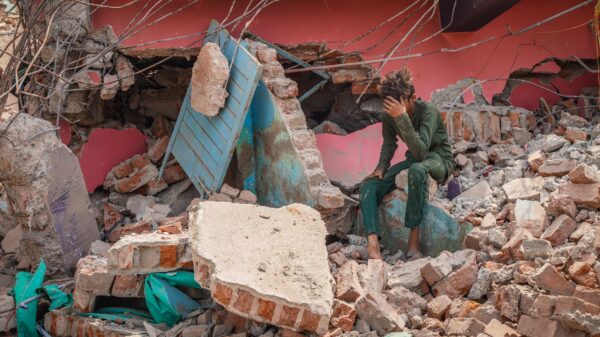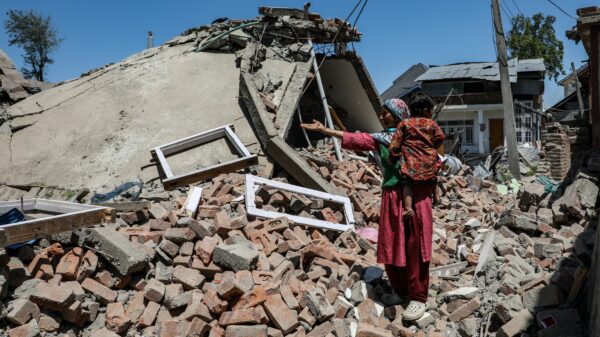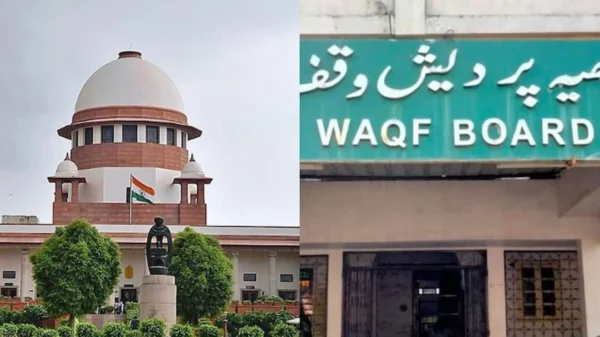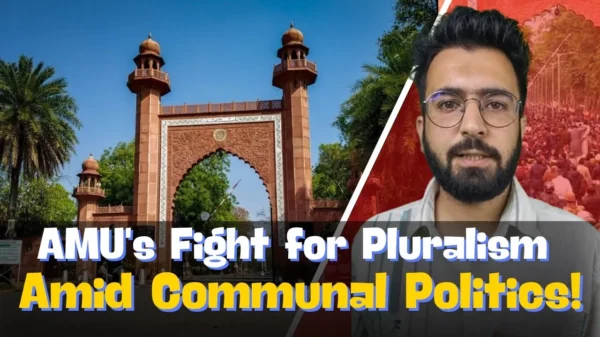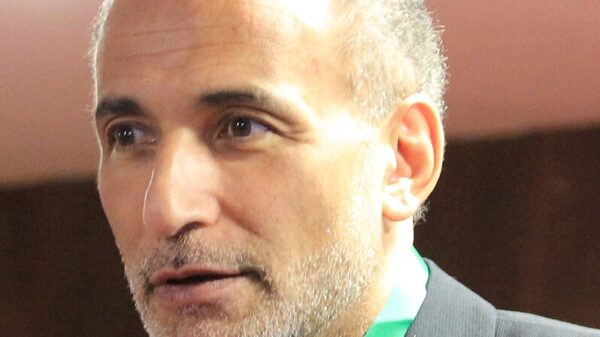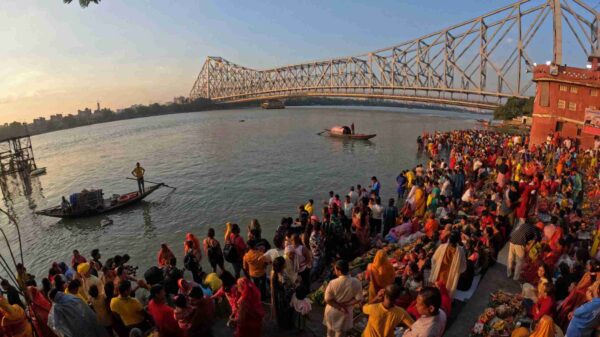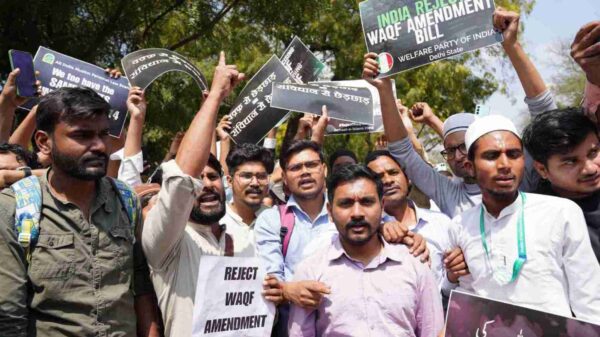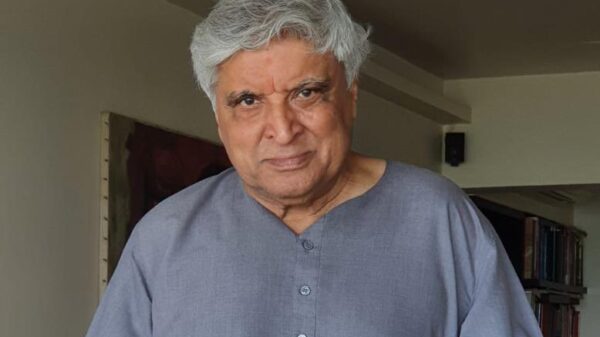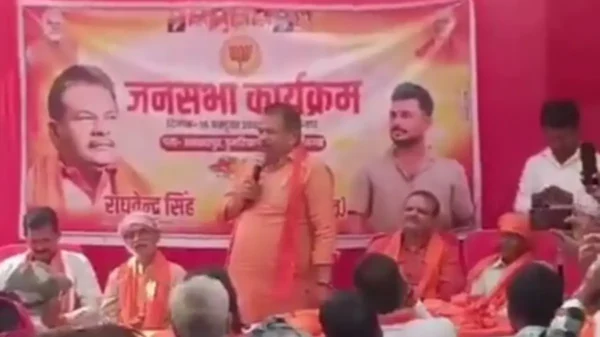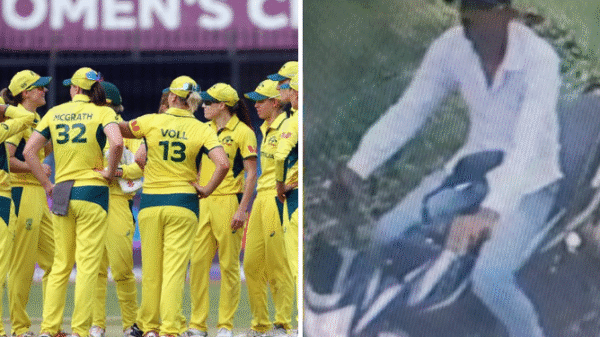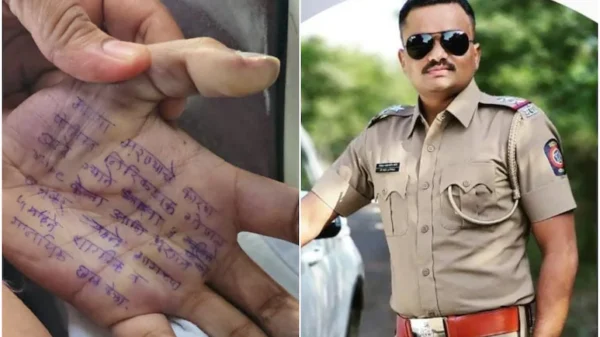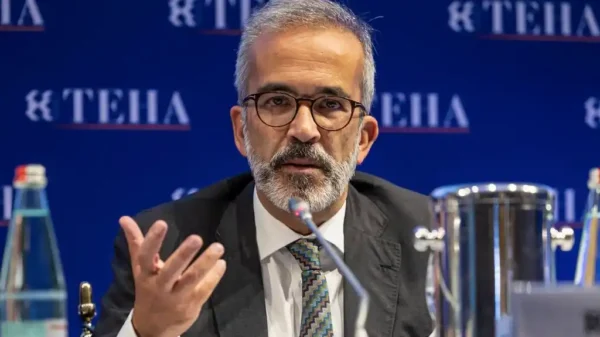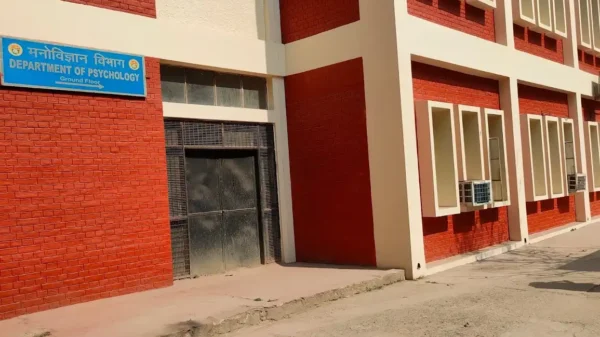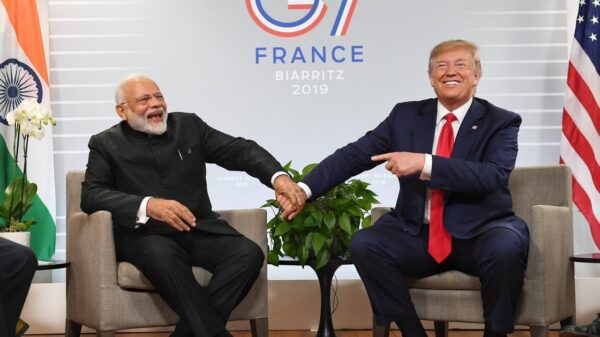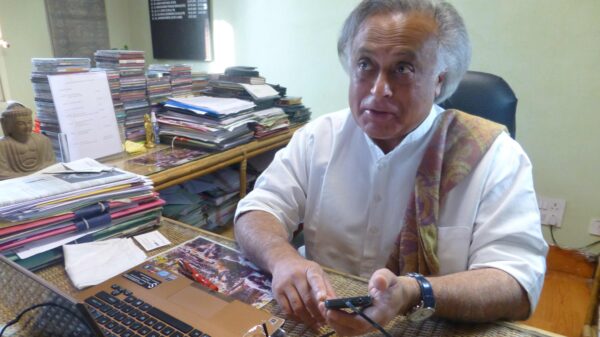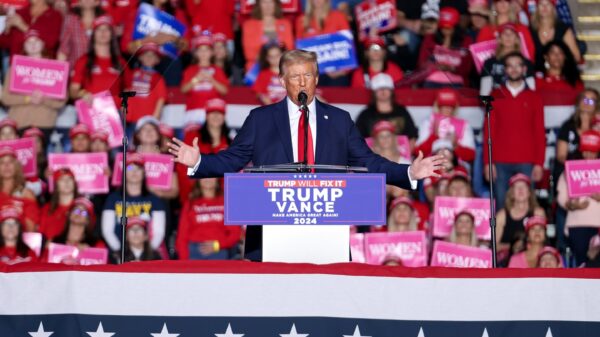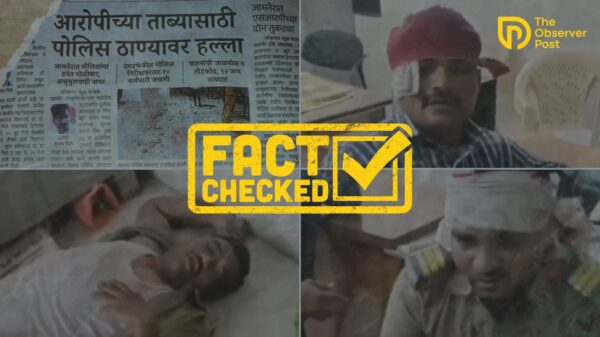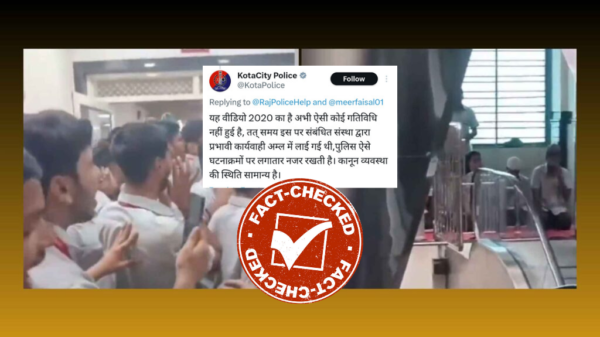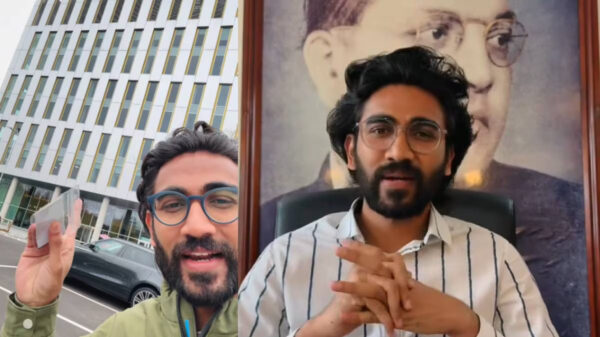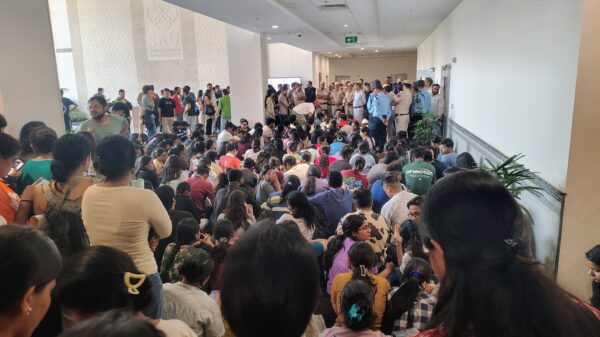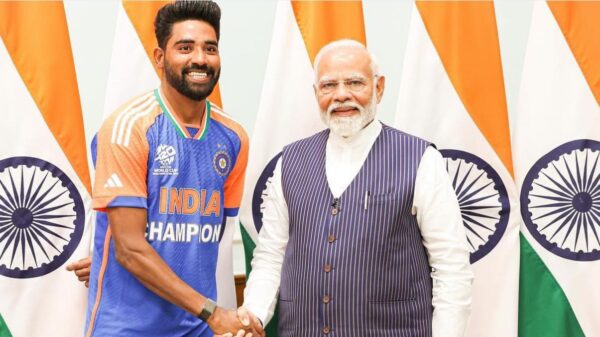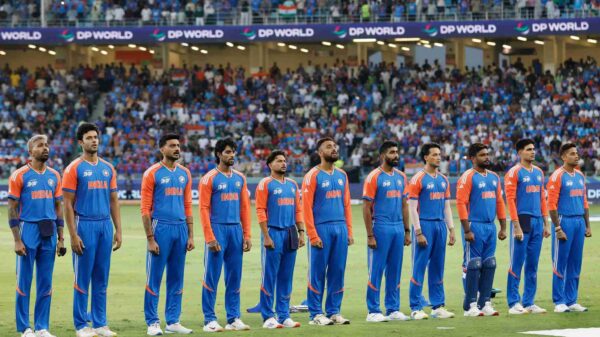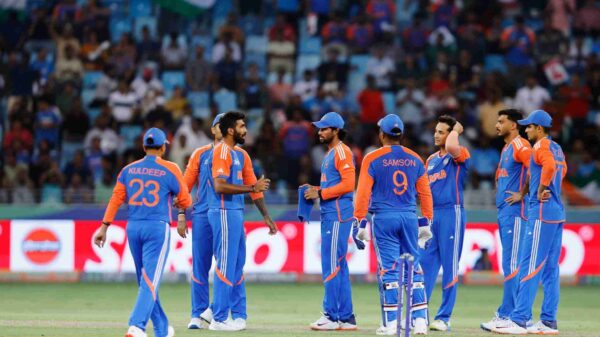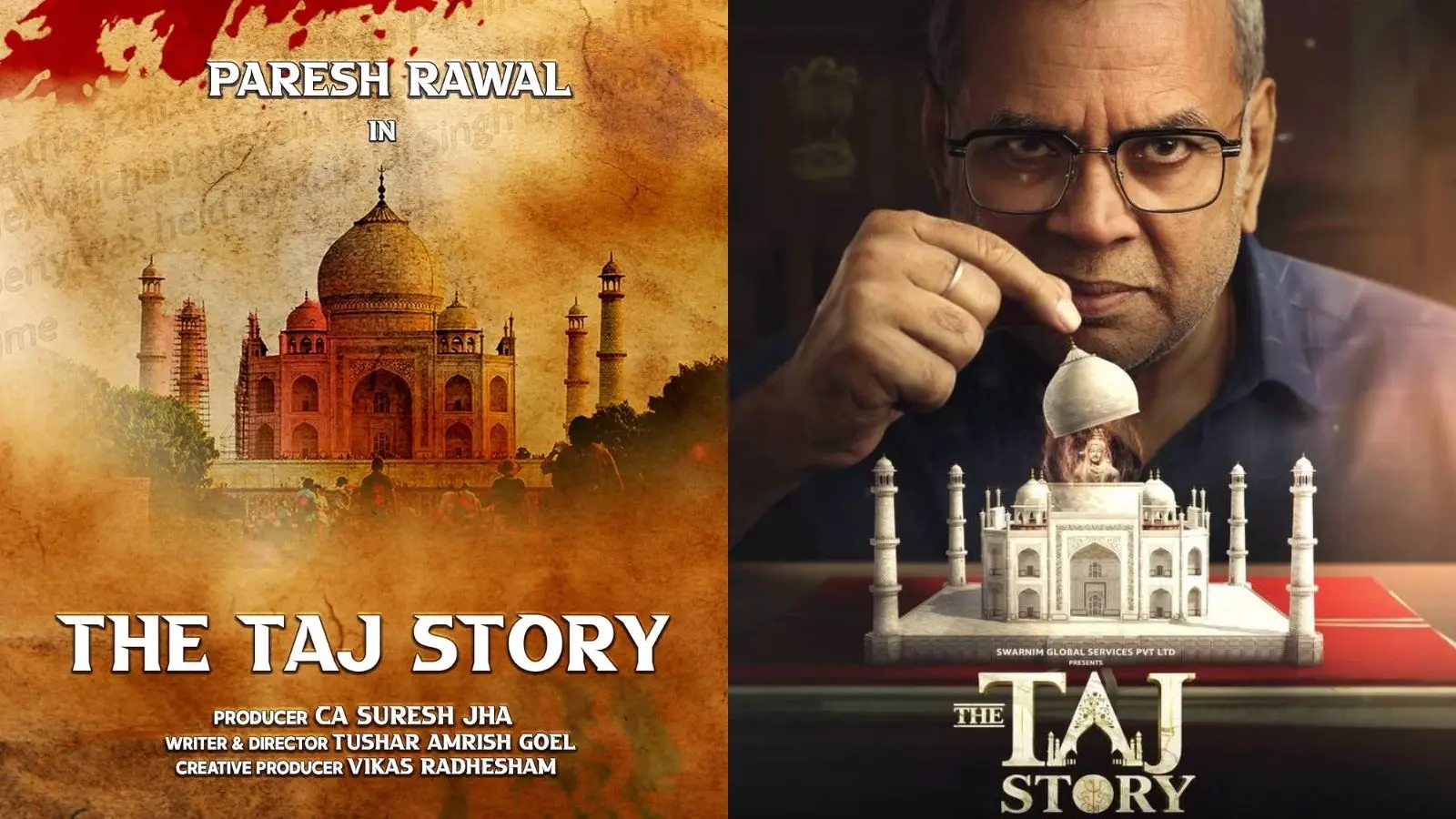MD ALI
From real to real, the obsession of Hindutva for Muslim monuments has become one of the repetitive themes for their ideological survival.
Sometimes, even a rudimentary plotline does not exist, and a whole story is built around a WhatsApp forwards. Just like the recurring serious claims by news programs of mainstream media channels that were later debunked by fact-check sources.
Paresh Rawal’s upcoming film, The Taj Story, can be said to follow a similar path. The announcement of the film has sparked considerable controversy over its glimpse. Its motion poster features Paresh Rawal uncovering the tomb, which visualises the emergence of a Lord Shiva Idol from the dome of the Taj Mahal.
The news becomes prominent as the actor sharing the motion poster of the film is also a lawmaker from the Bhartiya Janata Party (BJP), which has been in the Union government since 2014 and in most states, either alone or in coalition.
Rawal has also made some controversial comments in the past. During the 2012 state election in Gujarat, he compared Narendra Modi to Lord Shiva. However, his statement failed to hurt the sentiment of the community.
In April 2015, the Agra district court had admitted a suit stating the Taj Mahal is Lord Shiva Temple (Tejo Mahal). When court issued the statement to the central government, to file their replies in the matter, the Archeological Survey of India stated in the court that the Taj Mahal is a tomb and not a temple. The union ministry in November 2015 had already clarified in the Lok Sabha that there was no evidence found of any temple at the Taj Mahal.
Despite the clarification by the concerned authority, several attempts have been made by the Hindutva outfit to claim the Taj as Tajo Mahal in a viable and aggressive manner. In a recent event, a woman named Rathore, a Hindutva leader and district president of the women’s wing of the All-India Hindu Mahasabha, secretly entered the Taj Mahal premises and performed Puja by pouring Gangajal on Shivling.
Seeing the controversy getting stronger, a clarification from the makers of the film came, which says: The makers of the film The Taj Story clarify that the movie does not deal with any religious matters, nor does it claim that a Shiv temple resides within the Taj Mahal. It focuses solely on historical facts.
Paresh Rawal soon deleted the post from social sites and shared a disclaimer from the makers of The Taj Story, saying the film “doesn’t deal with any religious issue” and only focuses on “historical facts”. The promotional caption writes: what if everything you have been taught is a lie? The truth isn’t just hidden; it’s being judged. Unveils the fact with #The Taj Story on 31st October.
The earlier claim and later clarification from the makers are incongruous and incohesive. A pointless formality to keep their safer side. When ASI and the Union ministry have clarified that they have no evidence in the Taj premises, then what sort of historical fact are they trying to unveil by the emergence of a Hindu god from the dome of the Taj for their target audience? Under these conditions, and in light of their contrary statements, the filmmakers’ intentions do not seem objective or neutral.
The Indian film industry has experienced a surge in propaganda films over the past few years. The participants in the film, through their discernible allegiance to the Hindutva ideology, are standing exposed in their political endeavors. A sane mind will not allow anyone to see their piece of propaganda as a historical fact-finding.






